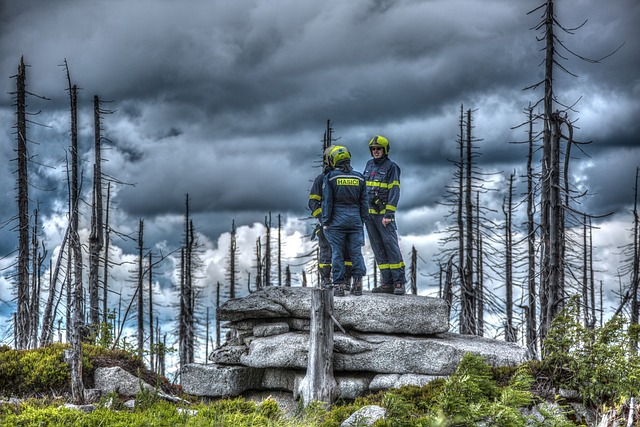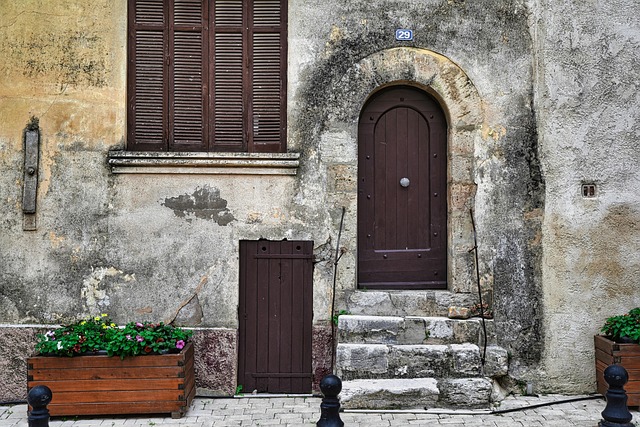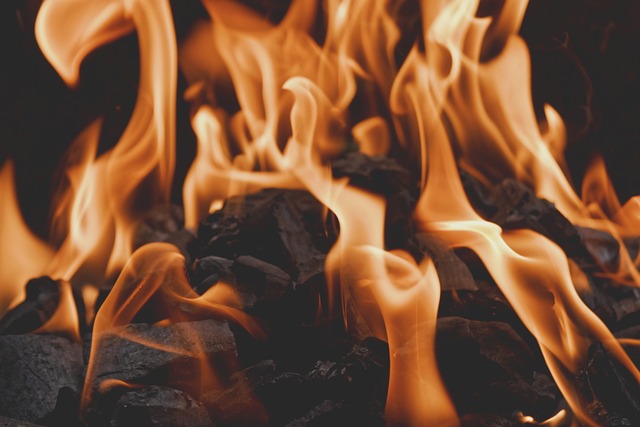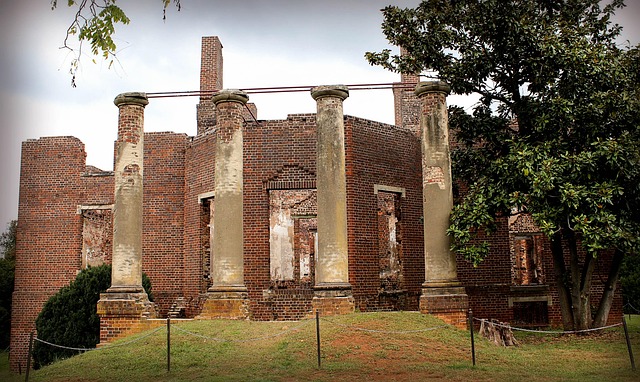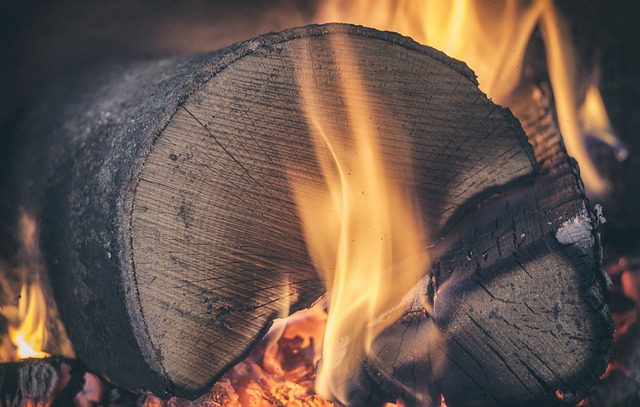Selling a fire-damaged house in California involves navigating complex post-fire property valuation processes. Professional appraisers assess tailored repair needs, market dynamics, and neighborhood influences for fair valuations. Understanding local initiatives, insurance adjuster requirements, and legal considerations ensures transparency. Distinguishing between repairable and irrecoverable damage helps set realistic expectations. Competitive pricing, staging, and leveraging California's favorable climate encourage offers, ensuring a swift sale.
“In the aftermath of a fire, property valuation becomes a complex process, especially in California’s diverse real estate market. This comprehensive guide explores the intricacies of post-fire property assessment, focusing on the unique challenges residents face when selling a fire-damaged home. We delve into understanding the specific regulations and insurance claims process in California, evaluating repairable versus irrecoverable damage, and providing strategic insights for navigating the sale of fire-affected properties.”
- Understanding Post-Fire Property Valuation in California
- The Impact of Fire Damage on Home Value
- Evaluating Repairable vs. Irrecoverable Damage
- Legal Considerations and Insurance Claims
- Strategies for Selling a Fire-Damaged House in California
Understanding Post-Fire Property Valuation in California

In California, post-fire property valuation plays a critical role in the complex process of selling a fire-damaged house. After a wildfire ravages a community, homeowners often find themselves navigating unfamiliar territories when it comes to determining the value of their properties. This is where professional appraisers step in, offering expert insights and evaluations tailored to the unique challenges posed by fire damage. Their meticulous assessments consider not just the physical structure but also the broader market conditions, neighborhood dynamics, and the extent of repairs needed—all factors that significantly influence a property’s resale value.
California law provides certain protections for homeowners in these situations. For instance, insurance adjusters must provide preliminary estimates for repair costs, which can serve as a starting point for valuation discussions. Additionally, many cities and counties have implemented programs to assist residents in rebuilding and rehabilitating their fire-damaged homes, offering financial incentives and guidance that further complicate—but ultimately facilitate—the selling process. Understanding these legal protections and local initiatives is crucial for anyone looking to sell a fire-damaged house in California, ensuring a fair and transparent valuation process.
The Impact of Fire Damage on Home Value

Fire damage can significantly impact a home’s value, affecting both its market appeal and potential resale price in California. The extent of the damage plays a crucial role in determining the property’s future worth. Major structural issues, extensive smoke and water damage, or severe fire scars may deter potential buyers, leading to lower offers or even a delay in finding a buyer. In some cases, especially for older properties, repairing fire damage might not be financially viable, which can further diminish the home’s value.
When selling a fire-damaged house in California, it’s essential to consider the cost of repairs versus the potential increase in value after renovation. Real estate agents and appraisers can provide valuable insights into comparable sales in the area, helping homeowners understand the market’s perception of fire-damaged properties. Proper disclosure of the damage and transparent communication about the repair efforts can help buyers make informed decisions, ensuring a smoother sale process.
Evaluating Repairable vs. Irrecoverable Damage

When assessing a property after a fire, it’s crucial to differentiate between repairable and irrecoverable damage. Repairable damage refers to structural elements or features that can be restored to their original condition through renovation and rebuilding efforts. This includes visible charring on walls, smoke-damaged ceilings, and replacements of burnt fixtures. In California, where real estate markets are competitive, a property with repairable fire damage may still hold significant value, especially in desirable locations.
On the other hand, irrecoverable damage is more severe and relates to aspects of a home that cannot be restored or replaced, such as destroyed structural frameworks, irreparably damaged flooring, or severe water damage from firefighting efforts. In such cases, selling a fire-damaged house in California might require substantial negotiations due to reduced market value. Insurance assessments play a critical role here, providing an estimate of the cost to repair or replace both types of damage, which can guide sellers and buyers alike in their transactions.
Legal Considerations and Insurance Claims

After a fire damages a property in California, there are several legal considerations and insurance claims to navigate before thinking about selling a fire-damaged house. Homeowners must first assess potential liability issues; if the fire was caused by negligence or an unsafe condition on the property, there could be legal repercussions for the owner. It’s crucial to document any damages through photographs and reports from professionals to support insurance claims and future negotiations.
In California, insurance policies typically cover structural damage, but coverage for personal belongings is separate. Homeowners should carefully review their policies to understand what is covered and what is not, especially when it comes to rebuilding or replacing items within the home. During the claim process, working with a reputable adjuster and understanding the appraisals and estimates provided are essential steps in ensuring a fair settlement. This preparation is also beneficial when considering the market impact of selling a fire-damaged house in California, as buyers will want to see thorough documentation of repairs and restoration efforts.
Strategies for Selling a Fire-Damaged House in California

Selling a fire-damaged house in California can be a challenging process, but with the right strategies, homeowners can navigate this difficult situation effectively. The first step is to assess the extent of damage and understand the potential costs of repairs. In California, where real estate markets are competitive, it’s crucial to present your property in the best light. Start by engaging experienced professionals who specialize in fire restoration to provide an accurate assessment and repair estimate. This will help set realistic expectations for prospective buyers.
Next, focus on highlighting the unique features and potential benefits of your home. Emphasize any structural integrity left intact, as well as improvements made during the restoration process. California’s climate can be a selling point, especially if your home has been renovated to include energy-efficient updates. Additionally, consider staging the property to showcase its best attributes, creating an inviting atmosphere that encourages offers. A well-timed and competitive listing price, coupled with these strategies, can facilitate a smooth sale, helping homeowners move forward after a fire.
In California, post-fire property valuation is a complex process that requires careful consideration of various factors. Understanding the impact of fire damage on home value, evaluating repairable versus irrecoverable damage, and navigating legal considerations are crucial steps in navigating insurance claims. If you’re looking to sell a fire-damaged house in California, implementing effective strategies can help mitigate losses and streamline the process, ensuring a successful transition for both homeowners and potential buyers.
